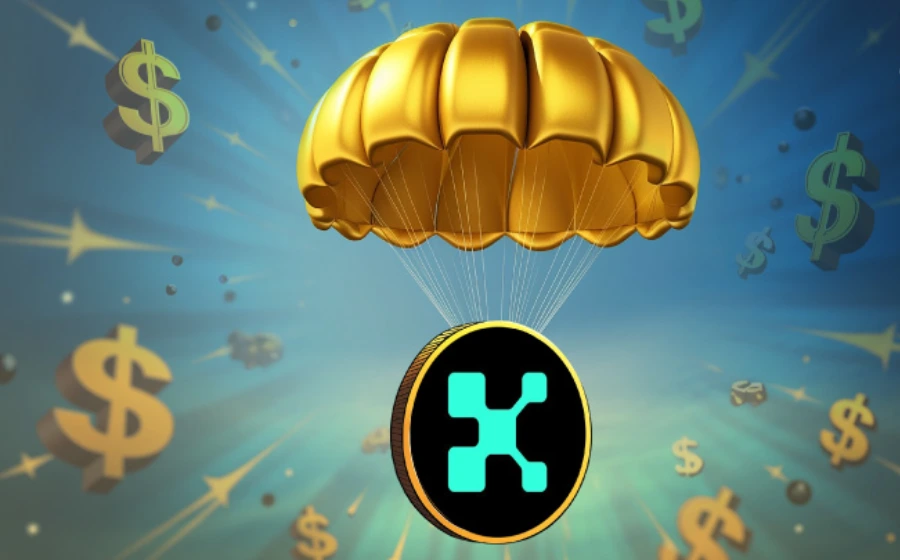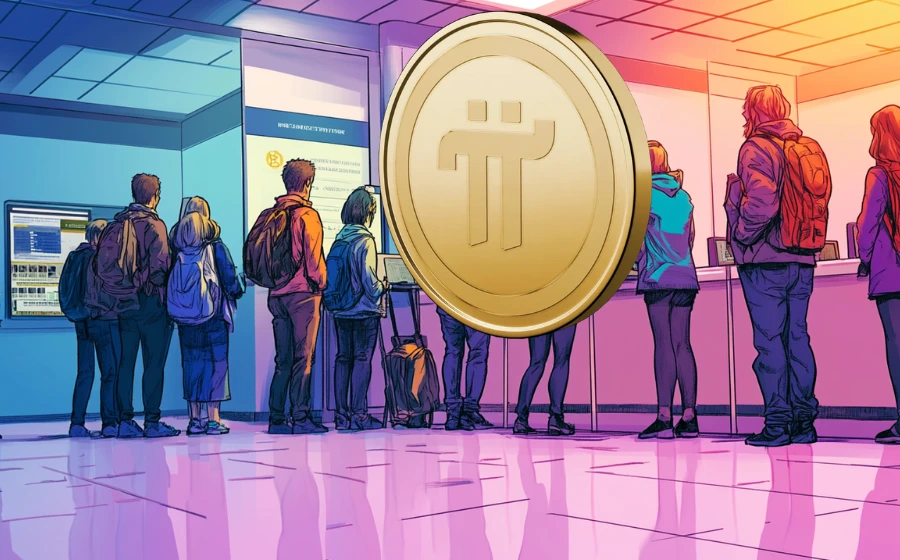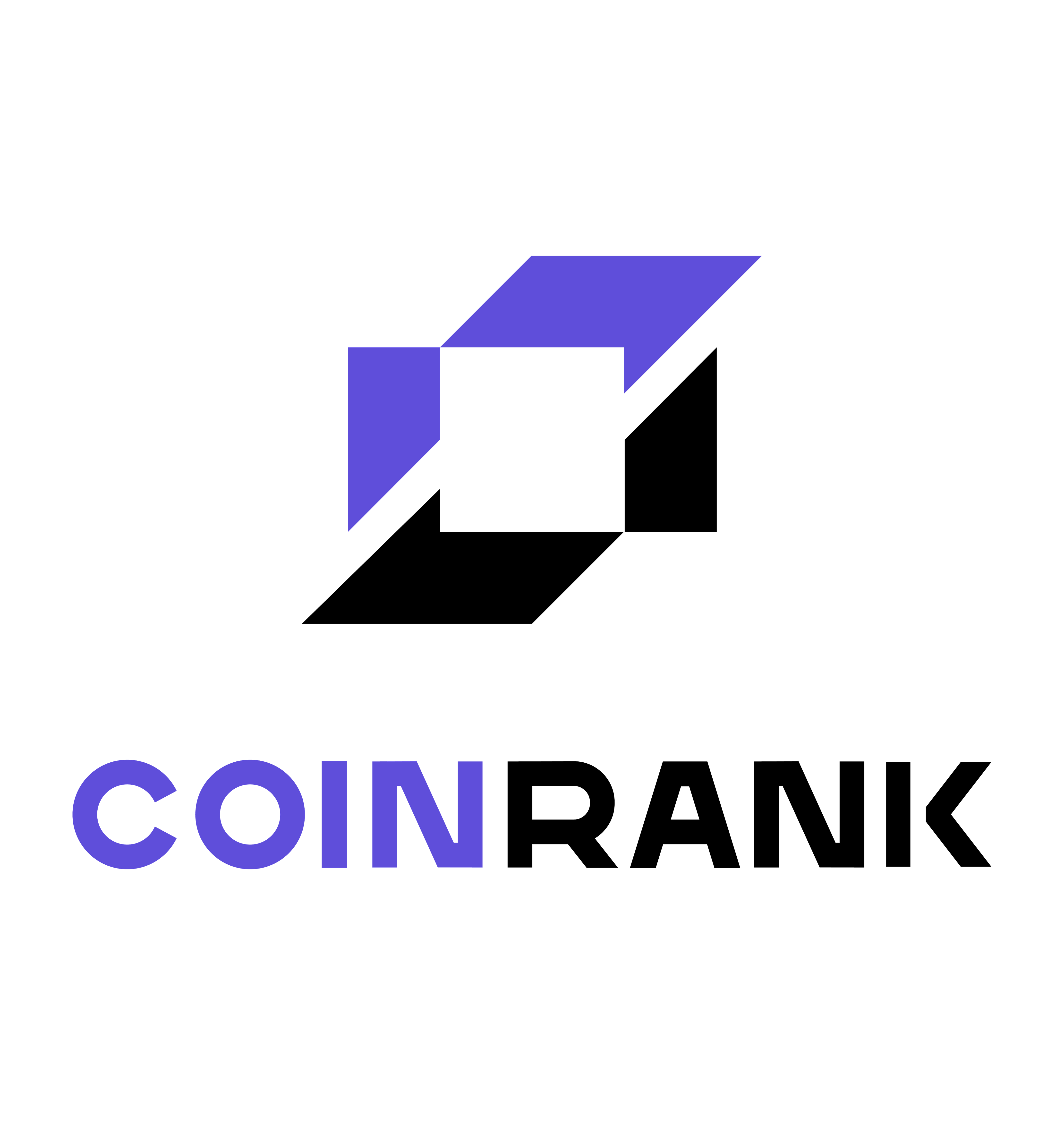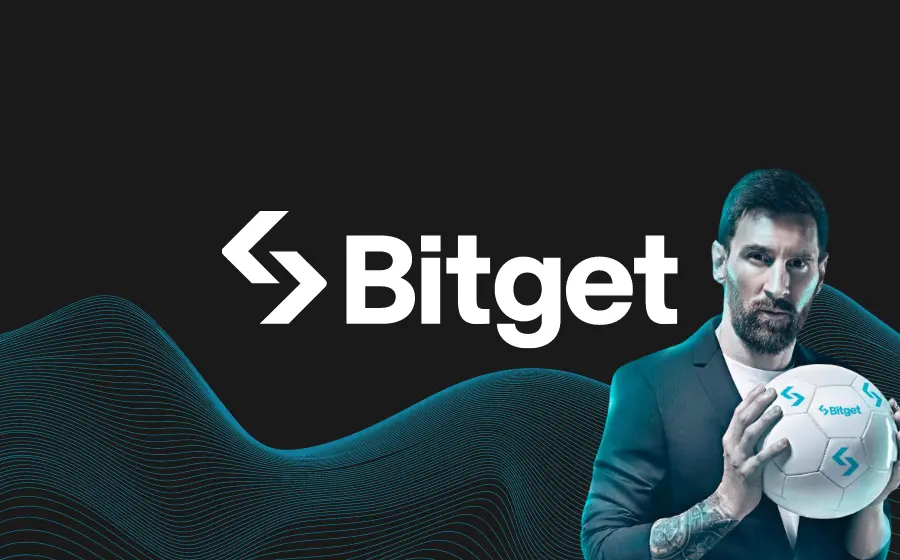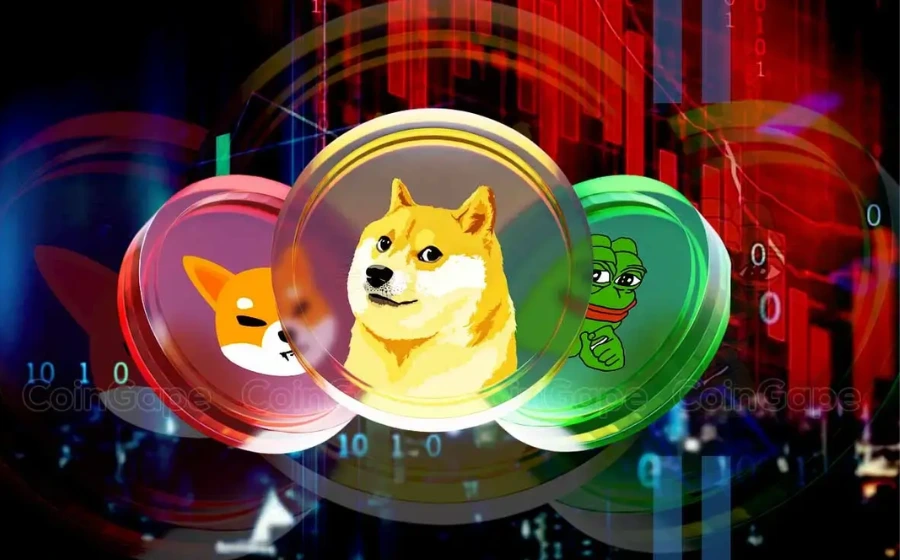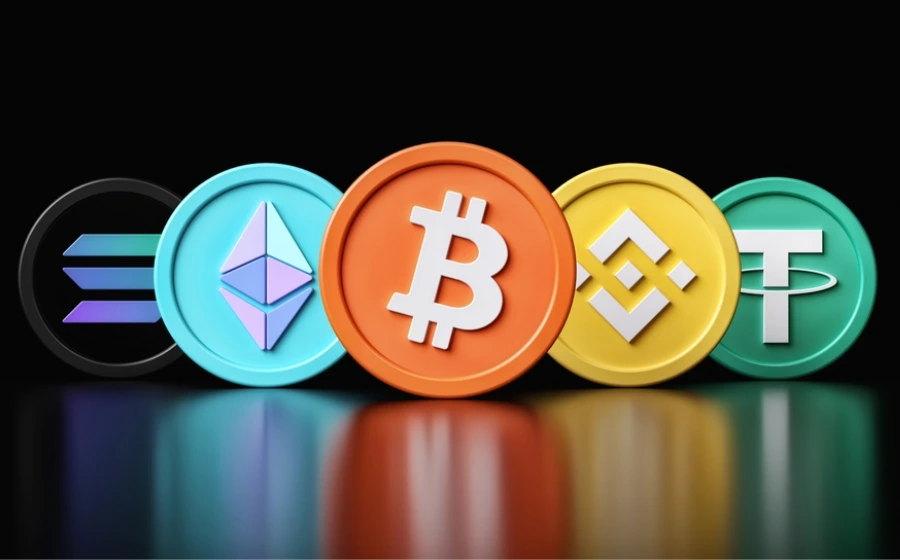
KEYTAKEAWAYS
- Multi-chain ecosystems enable decentralized apps to run across multiple blockchains, improving user experience and broadening market reach.
- Multi-chain deployment allows applications to leverage the unique strengths of different blockchains, enhancing security, performance, and transaction efficiency.
- Despite its benefits, multi-chain strategies face challenges like technical maintenance and fragmented liquidity, making cross-chain solutions an advanced alternative for inter-chain interoperability.

CONTENT
Explore the rise of multi-chain ecosystems in blockchain, its benefits, challenges, and how it enhances user experience, expands market reach, and reduces risks for decentralized applications.
Since the launch of the Bitcoin network in 2009, blockchain technology has come a long way. From the single Bitcoin network to the current landscape of hundreds of public blockchains, the industry has experienced massive changes. This article will explore the current development, operation mechanisms, and significance of the multi-chain (Multi-chain) ecosystem.
Looking back at the history of blockchain, the launch of Ethereum marked a significant milestone. It expanded blockchain technology from being a simple transaction validation system to a fully decentralized computing platform, laying the foundation for innovative applications like DeFi (Decentralized Finance) and NFTs.
But innovation didn’t stop there. To address the “Blockchain Trilemma” (scalability, decentralization, and security), many unique public blockchains emerged, ushering in the multi-chain era.
MULTI-CHAIN APPLICATIONS
The term multi-chain refers to decentralized applications (DApps) that run across multiple blockchain networks simultaneously. Take Uniswap as an example: it originally ran only on Ethereum but has now expanded to multiple networks such as Arbitrum, Polygon, and Base. Users can choose the network they prefer for trading on Uniswap, depending on their needs.
The main operation of multi-chain applications is that the development team deploys separate smart contract instances on each target blockchain. Although these contracts serve the same purpose, their code and execution environments are independent, based on the technical characteristics of each blockchain.
For example, an NFT marketplace may operate on both Ethereum (which is secure and suitable for high-value assets) and Polygon (which has low fees and is ideal for frequent transactions), allowing users to choose the network that best suits their needs.
BENEFITS OF MULTI-CHAIN DEPLOYMENT
Wider User Coverage
If a DeFi lending protocol is deployed only on Ethereum, users on BNB Chain won’t be able to use it directly. To use the service, they would need to:
-
- Transfer assets from BNB Chain to Ethereum (incurring cross-chain fees)
- Buy ETH to pay gas fees
- Learn how to use a new network
These steps make it less appealing for users. By deploying across multiple chains, users can use the service directly on the network they are familiar with.
Complementary Advantages Between Chains
Different public blockchains have distinct features:
-
- Ethereum: Highest security but higher gas fees
- BNB Chain: Fast transactions, low fees, and a large user base
- Solana: High performance, suited for high-frequency transactions
Multi-chain deployment allows applications to take advantage of each blockchain’s strengths and offer more choices to users.
Risk Reduction
Taking Aave as an example, by deploying across multiple chains, even if one chain experiences a technical failure or security issue, the other chains’ operations will continue normally, effectively spreading the risk.
Improved User Experience
For example, OpenSea, an NFT marketplace, uses multi-chain deployment to:
-
- Handle high-value NFT transactions on Ethereum
- Support frequent NFT trading for games on Polygon
- Offer a low gas fee trading environment on Base
This allows users to select the most suitable network, greatly enhancing their experience.
Expanding Market Reach
Each blockchain has its own unique user base and ecosystem. By deploying across multiple chains, applications can:
-
- Reach more potential users
- Integrate into different ecosystems
- Access more market opportunities
For instance, the DeFi protocol PancakeSwap started on BNB Chain but significantly increased its user base and trading volume by expanding to other chains.
CHALLENGES OF MULTI-CHAIN APPLICATIONS
While multi-chain strategies help applications reach a larger user base, they also come with challenges:
Technical Burden
Maintaining multi-chain applications requires significant resources. The development team must not only modify the code to meet the technical requirements of each new chain but also ensure the security of the code and independently maintain each instance. This explains why multi-chain applications often prefer to expand within the same technical ecosystem, such as Ethereum-based apps expanding to other EVM-compatible chains.
Fragmented Liquidity
For DeFi applications, fragmented liquidity is a prominent issue. In the current setup, multi-chain DeFi applications have independent liquidity pools on each chain, which limits the available liquidity and affects transaction depth and yields.
MULTI-CHAIN VS. CROSS-CHAIN
Although the terms multi-chain and cross-chain are often used interchangeably, they have distinct technical differences. Multi-chain applications deploy independent smart contracts on each chain, while cross-chain applications use a unified smart contract system and enable inter-chain communication via secure protocols.
Cross-chain applications represent a more advanced technical model. They allow developers to deploy different functional modules of an application on the most suitable chain based on its features.
For example, a Web3 game could handle game transactions on a high-throughput, low-cost chain while minting NFTs on a more secure chain. DeFi protocols can use cross-chain mechanisms to unify liquidity across chains, offering users a better trading experience.
CONCLUSION
The thriving multi-chain ecosystem is crucial for the development of Web3. Different blockchains can meet the needs of different types of applications, and healthy competition drives technological innovation across the industry. At the same time, multi-chain strategies are a key way to improve user experience.
With a user-first mindset, applications should adapt to users’ habits rather than forcing them to change. Multi-chain and cross-chain applications are working towards this goal, allowing users to conveniently access various services within the blockchain environment they are familiar with.
As cross-chain technology matures, the boundary between multi-chain and cross-chain may become blurred. However, regardless of how technology evolves, building a multi-chain ecosystem centered on user experience will continue to be a driving force behind the growth of Web3.

